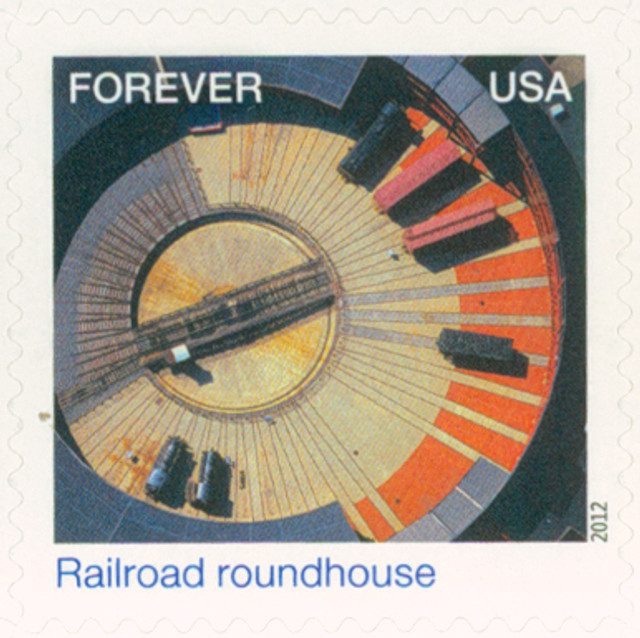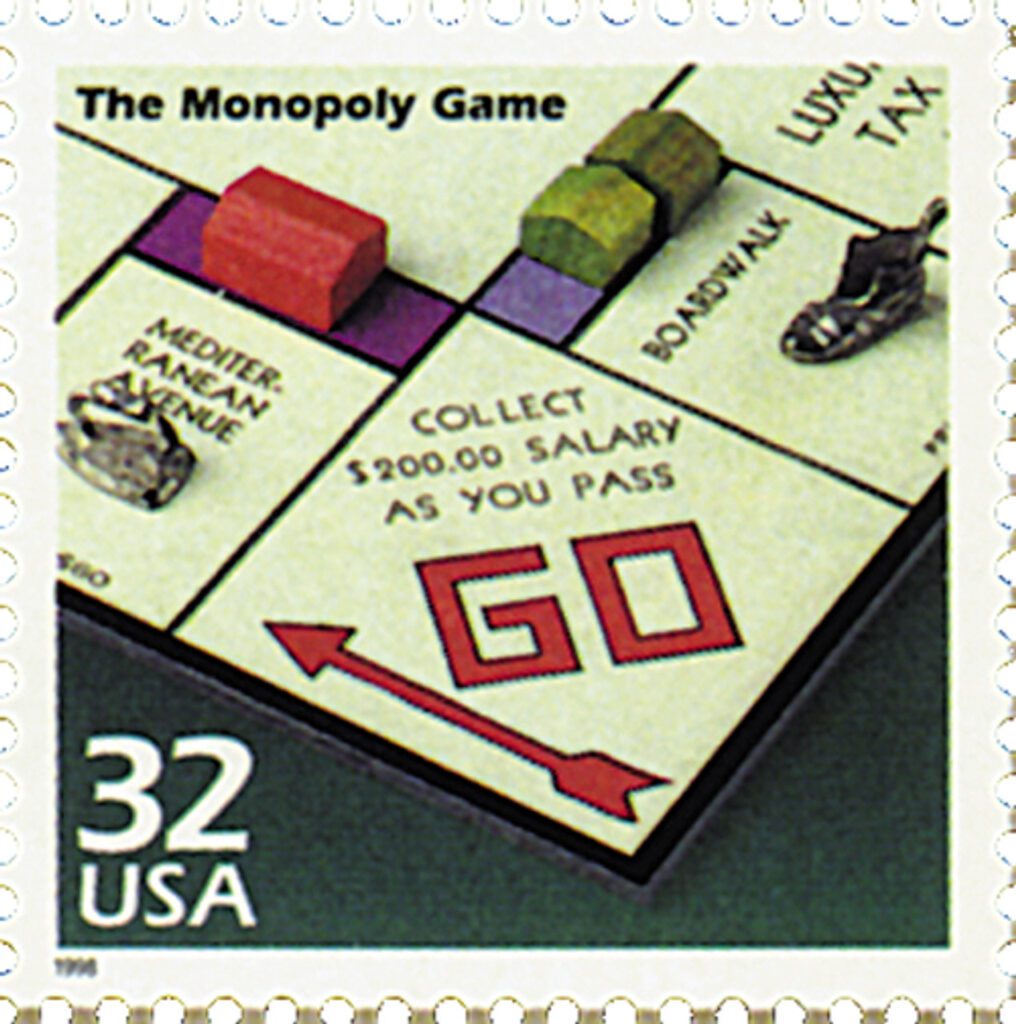
One of America’s oldest railroads, the Baltimore and Ohio Railroad, was first established on February 28, 1827.
In the early 1820s, New York opened the Erie Canal as a quicker way to move goods across the state. Similar canals were constructed and even more proposed in the coming years, including the Chesapeake and Ohio Canal. This concerned businessmen in Baltimore, Maryland, who feared such a canal would draw business away from their growing port city.
Two Baltimore businessmen, Philip E. Thomas and George Brown, began looking for ways to save their city’s business interests. In 1826, they traveled to England to study how railways were being used for commercial purposes. After returning home, they held a meeting with 25 Baltimore citizens on February 12, 1827, to begin planning their own railroad. A little over two weeks later, on February 28, they received a Maryland charter to establish the Baltimore and Ohio Railroad, B&O, which would run from the port of Baltimore to a point on the Ohio River. As it would run through Virginia they received a charter from there as well on March 8. The company was officially incorporated on April 24, and nearly every person in Baltimore owned a share of the railroad.

Construction on the railroad began on July 4 the following year. Charles Carroll, the last living signer of the Declaration of Independence, laid the first stone. Work on the railroad moved quickly, with the first passenger and freight station opening at Mount Clare on January 7, 1830. That May, the first 13-mile section of track opened between Baltimore and Ellicott City.
Also in 1830, Peter Cooper designed the first American-built locomotive, the Tom Thumb, a four-wheel train with a number of improvised parts, including the use of rifle barrels for boiler tubes. According to legend, while the Tom Thumb was preparing for a test run, the driver of a passing horse-drawn car challenged it to a race. Accepting the challenge, the Tom Thumb easily pulled ahead early in the race. However, when a belt slipped off the blower pulley the engine lost power, allowing the horse-drawn car to win the race. In spite of this, the Tom Thumb’s early lead proved the speed that could be attained with a steam engine. The next year, the Baltimore and Ohio Railroad began testing steam engines.

In 1837, the B&O reached Harpers Ferry, where it connected to the Winchester and Potomac Railroad. This was the first junction of two railroad companies in the country. The B&O was again part of history in the 1840s. The railroad’s owners allowed a 38-mile telegraph line connecting Baltimore to Washington, DC, to be constructed along their route. When the line was officially opened on May 24, 1844, Samuel Morse sent his famous message “What hath God wrought” from the B&O’s Mount Clare station.
The B&O continued to grow, and by 1853, it had laid 379 miles of track and reached Wheeling, Virginia. Six years later, after John Brown’s raid on Harpers Ferry, Robert E. Lee led Federal troops to stop the uprising aboard a B&O train. And once the Civil War started, the B&O was a frequent target of Confederate forces, as it was an important link between Washington, DC, and the North. Over the course of the war, Confederate forces under Thomas “Stonewall” Jackson launched dozens of raids on the railroad. These included burning bridges, cutting telegraph lines, destroying track, and stealing rail cars.
After the war, the B&O continued to expand, and connected to the Central Ohio Railroad. Beginning in 1895, the B&O Railroad started the world’s first electric main line service. However, by the turn of the century, the B&O was in financial trouble and purchased by the Pennsylvania Railroad. It was later incorporated into the Chesapeake and Ohio Railway, which was eventually renamed CSX Corporation.
Click here for more from the B&O Railroad Museum website.
| FREE printable This Day in History album pages Download a PDF of today’s article. Get a binder or other supplies to create your This Day in History album. |
Discover what else happened on This Day in History.





It’s amazing how old trains were and when it started. Thanks for the information.
US 1006 is one of the worst stamps of the early 1950s. But the B&O Museum in Baltimore is marvelous.